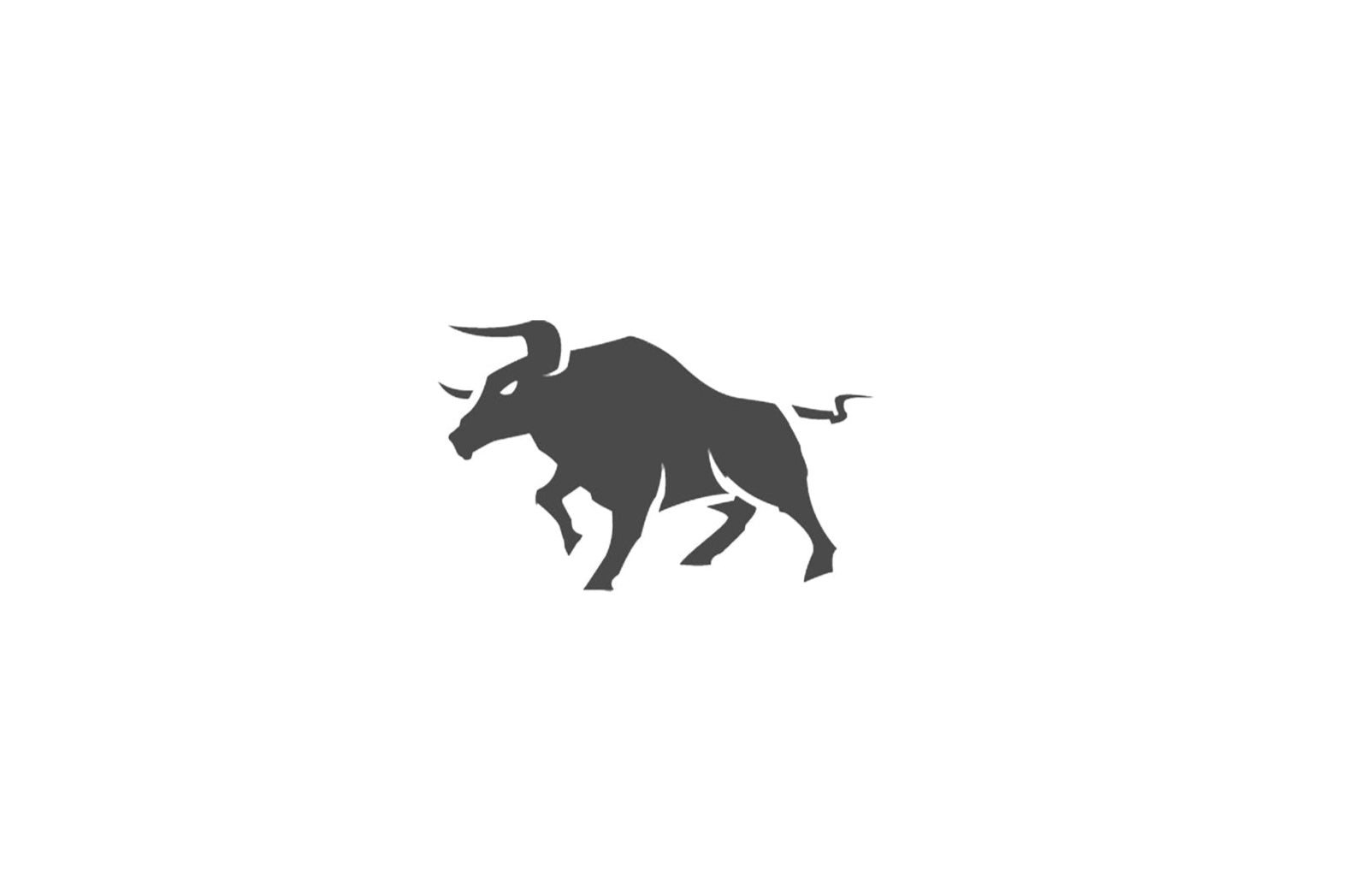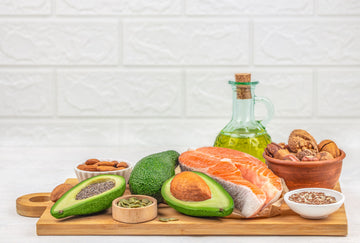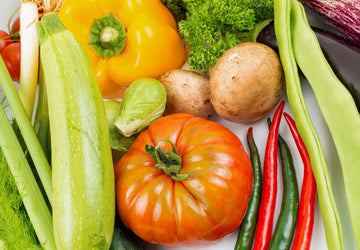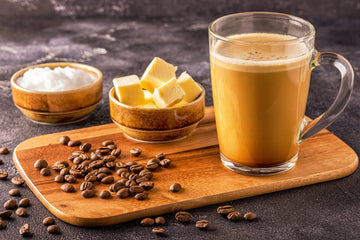The diet of our Germanic and Roman ancestors
People's diet is also constantly changing and has changed over the past centuries. It is therefore interesting to look back at how people of previous generations used to eat.
People today can get a small insight into the eating habits of our Germanic ancestors from the well-known Roman historian Tacitus and his records. He reports: "They drink a juice made from fermented barley or wheat and those who live on the Rhine or Danube even drink real wine. The diet is very simple and consists of fruit, fresh game and milk. The food is not specially prepared or even seasoned, it is just intended to combat hunger." In Rome, further away, the food was a little more plentiful during the same period. There were dishes such as: salad, snails, eggs, mead, chard, cucumbers, onions, olives and much more to eat.
The poorer Romans ate mainly what was known as "puls porridge" and instead of grain they ate chestnuts and acorns. Honey, eggs and curd were also part of the diet. Bread was still largely unknown in ancient Rome around 200 BC and was even frowned upon by people. Later, bread made from barley, oats, rye, buckwheat, etc. became fashionable in southern Europe. The Romans of this era, however, still looked down arrogantly on the Germanic "barley eaters" they mocked. Barley was considered inferior and in ancient Rome was only used to feed gladiators and to build muscle. The rich ate bread made from wheat and to make the color a little lighter, a little gypsum was even mixed in. In Germania, on the other hand, people not only drank beer without hops, but also a lot of sour milk. The average consumption per person at that time was around 2-3 liters per day. Archaeological finds from that time also support the theory that people's diets must have been very rich in minerals. This is evident from dental finds from that time, for example. The ancient Greeks and Romans also already knew about "snack stalls". These were small stands where people could fortify themselves with pastries, cheese, bacon, etc.
The Konz Theory
Health expert Franz Konz argues that people today no longer eat in a way that is appropriate to their species, that eating meat from hunted animals is not healthy and that the so-called "primal diet" of plants, leaves, berries, etc. is much healthier. He also considers the killing of animals to be an act "against creation".
The "Health Association" founded by Franz Konz, with around 10,000 members, largely lives according to these theses and principles. However, many other people feel a little provoked by Franz Konz and his theses and find them very unrealistic and largely unrealistic. Franz Konz changed his diet after suffering from cancer around 40 years ago and is now committed to the gradual transition to the so-called "primal diet". When asked whether his diet also contains sufficient amounts of fat, Konz simply answers that humanity has survived for many years thanks to the original diet. He himself has a garden at home measuring several thousand square meters in size in which he grows his own food. He is of course very aware that not everyone can call such a garden their own. Whether people who eat in this original way are fitter and healthier in the long term has not yet been clearly proven or researched scientifically.
The ancient grain is rediscovered
Two types of "ancient grains" are back on everyone's lips. This is mainly thanks to organic farming. These are the two types of grain einkorn and kamut. Einkorn comes from the region around the Euphrates and Tigris and was cultivated several thousand years BC. There is only one grain on each ear, which is how the name came about. After einkorn had all but disappeared from the German landscape after World War II, there have been some attempts to re-establish the grain in southern Germany for some time. This grain is not only particularly robust against pests and weather influences and has a slightly yellowish color, but also has an extremely high content of carotene, the precursor to vitamin A. Minerals and proteins are also important components of this grain. Because of these properties, many organic farmers in Germany are particularly interested in growing this grain as an alternative to barley, wheat or rye.
The Riendburger organic brewery in Lower Bavaria discovered einkorn for brewing beer and launched an einkorn malt beer in 1998. Einkorn is not so good for making baked goods because it contains very little gluten. It is therefore advisable to add other types of grain. Einkorn is also being rediscovered in northern Germany and in addition to products such as grains and flour, other foods such as cakes and biscuits will soon be available to buy in stores.
Kamut is very similar to durum wheat in its structure and comes from the region around Egypt. Kamut tastes a little like butter and has a higher protein content than the well-known wheat. It also contains many important minerals and vitamins. This grain is also easier to digest.
The Kamut in German trade is very often imported from the USA and is suitable for making products such as muesli, waffles or bread. Pasta can also be made just as well from Kamut and is in no way inferior to pasta made from durum wheat. So-called green Kamut, a Kamut extract, is praised as a health elixir.
It has not yet been clearly established how well these types of grain are tolerated by people with allergies or gluten intolerances. However, Kamut is said to be better tolerated than einkorn. However, there are still no clear studies with people suffering from celiac disease.





